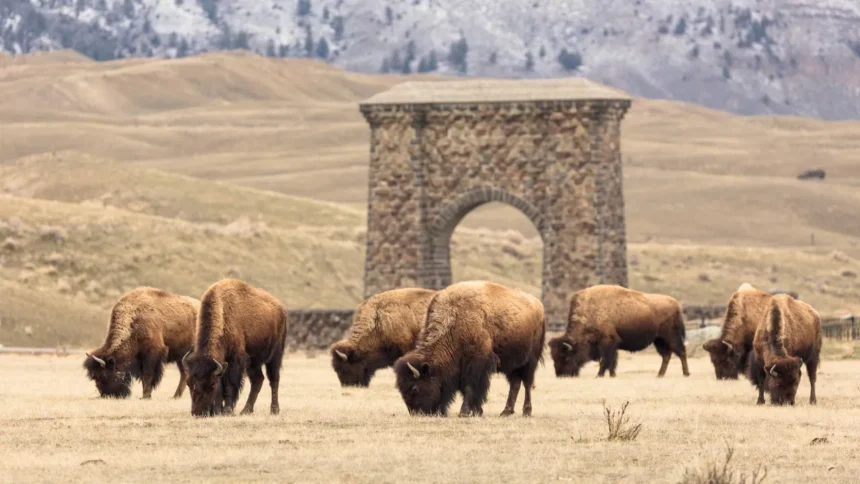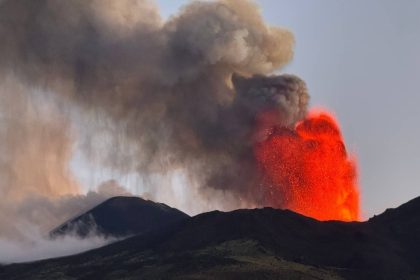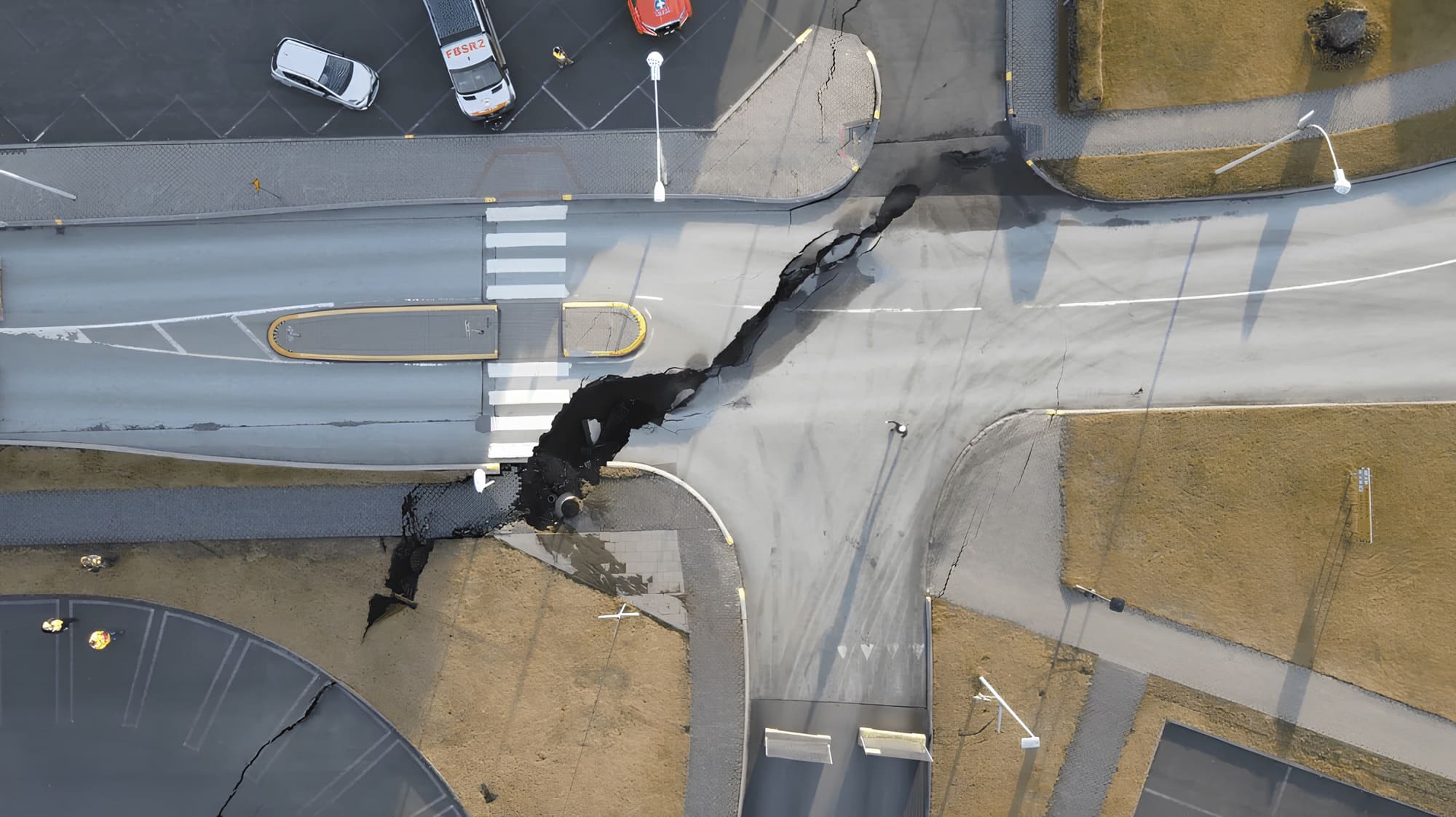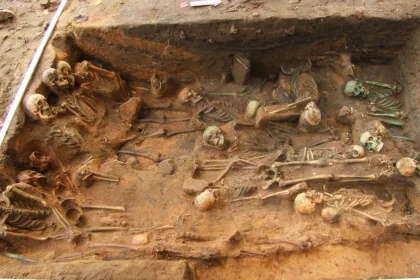There was a time when bison, these large long-haired mammals, roamed the vast North American landscapes by the millions. In 1871, for example, Colonel Richard Dodd reported encountering a herd of three million animals stretching for dozens of kilometers along the Arkansas River. Yet barely a few decades later, the species was on the brink of extinction, devastated by commercial hunting, American military campaigns, and anti-Indigenous policies. Today, their population stands at approximately 400,000 individuals, but 95% of them are raised for meat production or live in small spaces, in herds not exceeding a few hundred individuals. At the heart of Yellowstone National Park in the United States, a herd averaging 3,500 bison roams freely. Able to graze wherever they please, these large herbivores intensively exploit certain areas of the park, covering an area of 852 square kilometers. Contrary to popular belief, these movements and intensive grazing do not degrade the prairies but enrich them. This is the conclusion of a study conducted by Bill Hamilton from Washington and Lee University in the United States and his colleagues.
The researchers followed the wild bison herd from 2015 to 2022. They compared sixteen representative sites in the park, including wet valleys, dry areas, and high-altitude prairies, by setting up enclosures that excluded bison. The goal: to measure the difference between grazed and ungrazed vegetation. They thus monitored for seven years the height and biomass of grasses as well as their nitrogen content, carbon stocks, and microbial activity. Surprise: the researchers found that bison accelerate the nitrogen cycle. “Despite significant grazing pressure, plants regrow at the same rate but become 150% more nutritious,” explains Bill Hamilton. “Soils retain their nutrients, plant productivity remains stable, and biodiversity increases across the migratory landscape.”
This mechanism is explained by the combined action of grazing and soil microfauna. By grazing, bison stimulate bacteria and other microorganisms responsible for nitrogen transformation, as the cutting of plants promotes their regrowth and the release of sugars by roots that feed the microbes. These multiply and increase the amount of available nitrogen, which enriches the soils and benefits the entire food chain. “Valley bottoms grazed by bison may appear overexploited to some, but they are functional ecosystems, with a faster nutrient cycle and richer food for herbivores,” suggests Bill Hamilton.
Another consequence of these movements: strong spatial heterogeneity of landscapes. On a one-hectare plot, one can observe short grass barely 8 centimeters high alongside clumps exceeding one meter. “This provides habitat for songbirds and a wide variety of arthropods,” notes Bill Hamilton. On a larger scale, dry areas, grazing lawns, and high-altitude prairies alternate, thus multiplying ecological niches. Effects that are found in other regions of the world, such as in Serengeti Park in Tanzania with wildebeest or in Alaska with caribou. “The scale is larger in these two cases, but the parallel works,” confirms the biologist. “The challenge ahead is to find spaces large enough to reintroduce bison, where they can move again in large numbers.”
An even greater challenge in Europe, where attempts to reintroduce the European bison or Przewalski’s horses have been undertaken. “These are the same practices except that Europe’s natural spaces and wildlife have been much more impacted in space and time than the vast expanses of North America,” points out Thierry Dutoit, CNRS research director at the Mediterranean Institute of Marine and Continental Biodiversity and Ecology. “It is therefore more complex to experiment with rewilding in more fragmented and degraded spaces with less available wild animals that are more influenced by historical domestication processes.”






